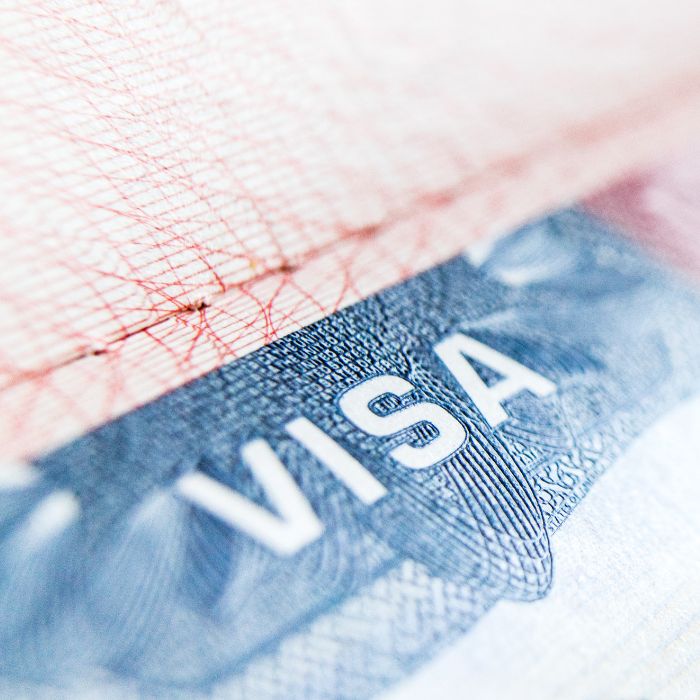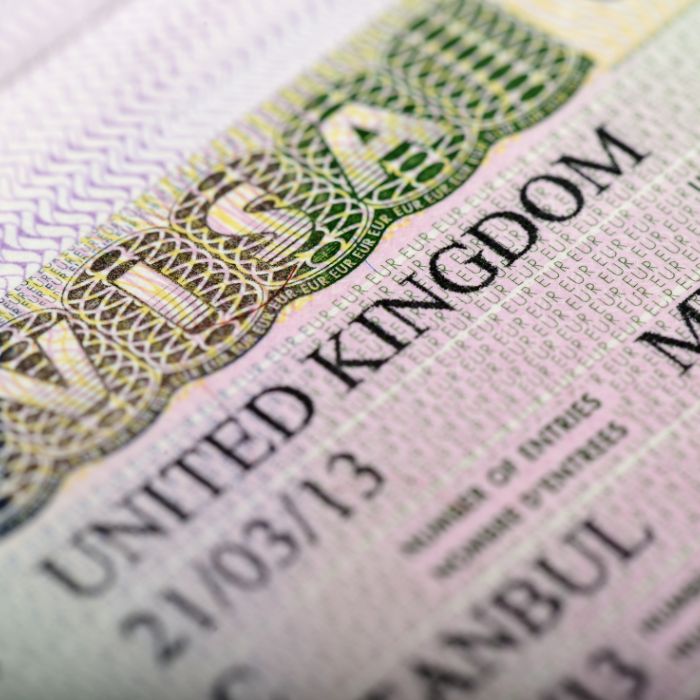How AI is Transforming Immigration: Opportunities, Risks & Compliance Insights
By: Alan Keogh
Artificial intelligence (AI) is rapidly transforming immigration systems globally, enhancing case management, compliance and decision-making. While AI can improve efficiency and accuracy, it may also raise concerns about bias, security and regulatory compliance.
In response, governments are introducing stricter AI regulations to ensure fairness and accountability in immigration processes. This blog explores the risks and benefits of AI integration in immigration management and the importance of staying compliant while navigating these developments. By leveraging AI responsibly, organisations can improve decision-making and outcomes for individuals navigating complex immigration pathways.
Benefits of AI in Immigration Management
AI is reshaping immigration by increasing speed, enhancing accuracy and improving applicant experience. Some of the most notable applications of AI in immigration are:
-
-
- AI-powered chatbots support applicants by instantly answering questions and guiding them through complex procedures—reducing confusion and waiting time. This also lightens the workload on legal teams, allowing them to focus on high-value and complex matters.
- Generative AI (Gen AI) can assist compliance efforts by summarising changes in immigration rules and generating timely draft guidance—provided the system is kept up to date and its outputs are reviewed by legal professionals. For global mobility teams, this means better visibility into legal developments, fewer missed deadlines and reduced risk.
- Governments use AI to manage large volumes of applications. For example, Canada’s IRCC uses AI to triage visa and asylum cases—fast-tracking straightforward applications so that officers can focus on complex or sensitive files. In the UK, AI systems are used to flag mismatches in employment or education history in Skilled Worker visa applications, identifying potential fraud early and reinforcing employer immigration compliance in the UK.
- AI boosts processing speed by verifying documents, pre-filling forms and cross-checking data with official databases—reducing manual errors that often cause delays. In the UAE, Smart Gates at airports use AI-powered facial recognition to accelerate border control and reduce fraud risks.
- For global companies, AI’s predictive insights are particularly valuable. Based on employee qualifications and job roles, AI tools can suggest potential visa routes or flag likely delays—helping HR teams plan international assignments more effectively.
-
When combined with human expertise, AI helps immigration services become faster, safer and more reliable for all stakeholders.
What are the Risks and Challenges of AI in Immigration?
Despite its benefits, the use of AI in immigration can raise serious concerns:
-
-
- Data quality and accuracy: The reliability of AI systems depends heavily on data quality. If the training data is biased, incomplete or outdated, AI may misrepresent legal requirements or suggest incorrect documentation. For instance, a client applying for a skilled worker visa could be advised to submit outdated forms, resulting in avoidable delays or denials.
- Oversimplification of complex rules: Immigration law is complex and varies significantly across jurisdictions. AI tools can oversimplify these legal nuances, risking incorrect advice. For example, AI may overlook specific client circumstances—such as prior immigration history or unique family dynamics—which are critical for certain applications like family reunification.
- Algorithmic Bias: Bias is another serious concern. In 2020, the UK Home Office discontinued an AI visa tool that was found to favor applicants from certain countries. In Canada, similar triage systems were shown to disproportionately reject African applicants, raising equity and transparency issues.
- Privacy and data protection: AI systems also handle large volumes of sensitive data, from biometrics to personal histories. If data is stored insecurely or shared without proper consent, this can violate privacy laws such as the GDPR and CCPA—undermining user trust and exposing organizations to legal risk.
-
Staying Compliant with AI-Driven Immigration Systems
AI has the potential to revolutionise immigration systems through improved efficiency, consistency and scalability. It can accelerate application reviews, detect fraud and support compliance processes—reducing burdens on both authorities and applicants.
However, widespread adoption must be approached with caution to guard against bias, security threats and unintended legal consequences.
To promote responsible AI use in immigration management, organisations should prioritise the following safeguards:
-
-
- Retain human oversight, especially in complex and discretionary cases.
- Ensure AI tools are updated regularly and comply with applicable data privacy laws.
- Conduct regular audits of AI systems to identify and mitigate potential biases.
- Strengthen cybersecurity protections for immigration-related data.
- Provide ongoing legal training to preserve and develop human expertise alongside automation.
-
Finding the Balance Between AI and Human Expertise
AI should enhance—not replace—human decision-making in immigration. With ethical oversight, strong regulatory frameworks and a commitment to fairness, AI can help governments and businesses manage global mobility in a way that is both efficient and just.
By striking the right balance between automation and human judgment, we can ensure that AI becomes a transformative force in building more responsive and equitable immigration systems.
Need to Know More?
For further information on AI and immigration, please contact Immigration Programme Manager Alan Keogh at [email protected].
This blog was published on 20 May 2025, and due to the circumstances, there are frequent changes. To keep up to date with all the latest updates on global immigration, please subscribe to our alerts and follow us on LinkedIn, X, Facebook and Instagram.















